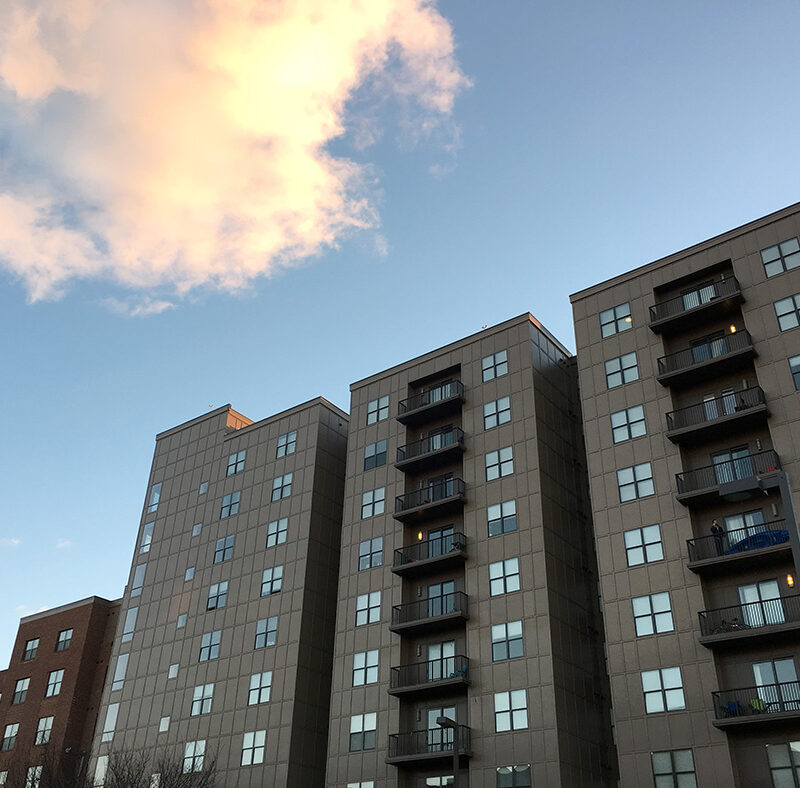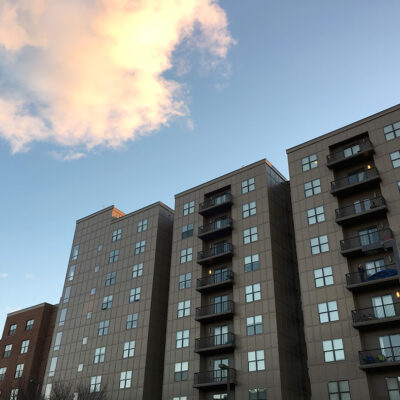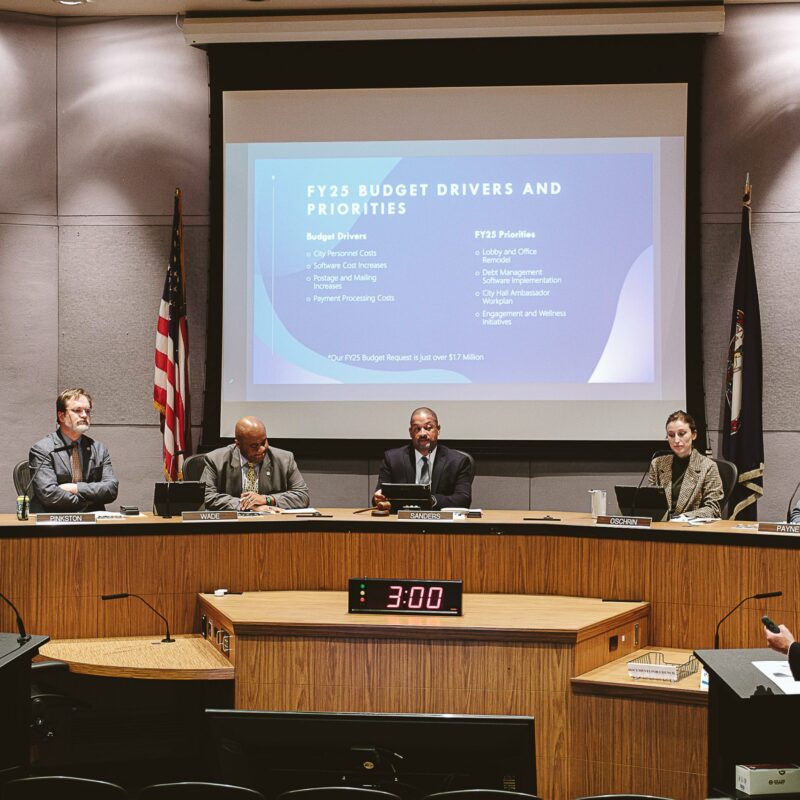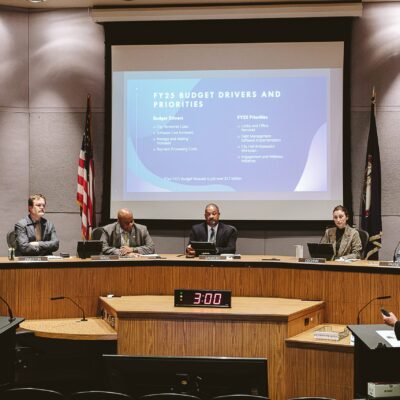In the 1960s, Charlottesville was undergoing the desegregation of its schools, but as African-American teachers made their way to the area, they confronted a different type of restriction. Few white landlords were renting to black teachers, who turned to the few African-American landlords in town. One of those was James Fleming, who built Virnita Court in 1966. A block north of Preston Avenue, the 16-unit apartments were located in the historically black neighborhood of Rose Hill, and the complex became a refuge for African-American professionals.
 "The trick was finding the financing so no one had to leave," PHA’s Peter Loach says of the Virnita project. "It’s nice because you have a mix of people that creates some good social capital." |
Over the decades, the Virnita aged into a dated but affordable rental, but when the owner died in 2003 and the complex passed to his estate, it appeared headed for the open market. The Rose Hill Neighborhood Association contacted the City of Charlottesville about keeping Virnita Court in place, and in 2004 received a Community Development Block Grant for $200,000.
The Piedmont Housing Alliance (PHA) was asked to purchase the property, having financed similar efforts at Friendship Court and Monticello Vista. Equipped with the $200,000, PHA spent the next couple of years lining up funding from a number of federal, state and private sources to reach the total $2.4 million needed to buy the apartments and secure a 30-year mortgage.
After nearly nine months of renovations that cost an additional $1 million, Virnita Court was transformed. Gone were the electric baseboard heat and through the wall air conditioner, in their place central air and heating. New windows and new flooring earned the complex an environmentally friendly Earthcraft Seal of Certification. "Instead of being $80 a month, the utility bill is more like $35," says Peter Loach, PHA’s deputy director of operations.
All the while, many of the complex’s residents remained or temporarily lived elsewhere, as the makeover was done in stages. When it was finally finished, four of the two-bedrooms had been redone into wheelchair accessible one-bedrooms with larger hallways and rooms. "Those filled up like that," says Loach. "There’s such a need for accessible rental housing."
More importantly, PHA followed Fleming’s lead by keeping the rents low. Nine of the 16 units are reserved for low-income and extremely low-income families, all under 60 percent of the area median income. "The other seven are just ‘don’t ask, don’t tell,’" Loach says, meaning there are no limits on who can live in those units.
The result is a rarity in Charlottesville, a mixed-income facility where one neighbor might be a teacher, another neighbor disabled, unemployed and only able to pay around $50 a month. "The trick was finding the financing so no one had to leave," Loach says. "It’s nice because you have a mix of people that creates some good social capital."
Virnita is not the only mixed-income housing that PHA has assisted with recently. On November 17, Eugene Williams celebrated the sale of Dogwood Housing’s 73 units, scattered around the city, to developer and property manager Keith Woodard. Since 1980, Williams bought property to rent around Charlottesville in an attempt to create mixed-income affordable housing. The city provided Woodard, through PHA, a five-year, $850,000 no-interest loan in order to keep at least 58 of those units affordable.
Additional reporting by Will Goldsmith.
C-VILLE welcomes news tips from readers. Send them to news@c-ville.com.





